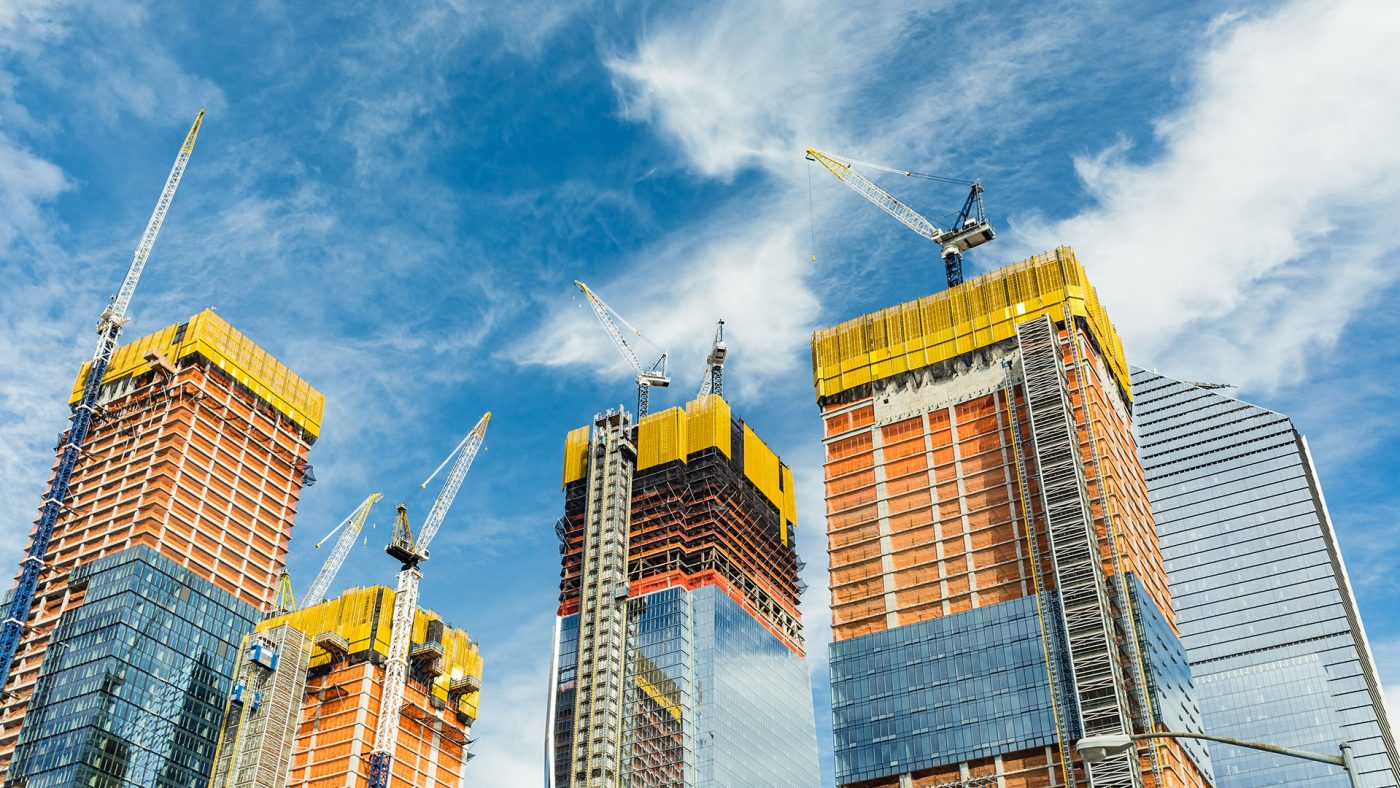Maintenance bonds, otherwise known as warranty bonds, protect the Obligee (Owner) of a completed construction project from defects beyond the end of the specified warranty period. Frequently mistaken for insurance, maintenance bonds are not insurance policies. Nevertheless, the maintenance bond does provide a guarantee to the project Owner that they will not be liable for any additional cost within a particular timeframe.
In this post, we look at:
- Common uses of maintenance bonds
- Warranty periods and maintenance bonds
- Contractors and maintenance bonds: design and pricing
- What sureties need to know to reduce risks associated with maintenance bonds
What Necessitates a Maintenance Bond?
Maintenance bonds are not required by law, unlike other construction bonds such as performance and payment bonds, and as such are not as commonly used. These bonds are only required at the discretion of the Obligee, who may desire to extend the warranty guarantees beyond those granted via the contract documents after project completion.
While performance bonds ensure that the Principal completes all aspects of their work to the standards set forth in the contract documents, maintenance bonds guarantee the installation for a longer period following completion and acceptance of the work.
Maintenance bonds primarily protect Obligee against:
- Poor workmanship / contractor’s shortcomings
- Design deficiencies or weaknesses
- Weather or other environmentally caused issues
- Regular wear and tear
While it is not unheard-of for maintenance bonds to be utilized on private construction projects, they are more commonly employed on public works projects. Maintenance bonds are often applied in instances where there is a need for ongoing maintenance or prolonged up-keep. Some common uses include up-keep of public parks, rest areas, landscaping or similar properties, roadways and “civil” developments, computer or server providers, as well as public or other commercial services.
Warranty Periods and Maintenance Bonds
Construction contracts and specifications stipulate that the Principal’s (Contractor’s), and their subcontractors, provide a warranty period to protect the Owner against any faults or defects due to defective installation or product failure. The length of the warranty period may differ dependent on:
- The scope of work at hand
- Requirements of the specific contract
- The geographic location of the project
The maintenance bond guarantees the work in place beyond the warranty period specified in the contract documents and allows the owner to place claims on deficiencies beyond that of the contract warranty period. In summary, maintenance bonds are only valid for a controlled period and only protect against defects that arise during that period. It should also be noted that the standard warranty period is contemplated in the pricing of a performance bond during the Project’s bidding phase.
Acquiring and Underwriting the Maintenance Bond: Factors Driving the Cost
Maintenance bonds will vary in cost depending on several underwriting requirements. Such requirements include:
- The amount of coverage required (in this instance, length of the maintenance period)
- Scale, scope, and type of the construction in question
- The Principal’s credit score
- The longevity of the Principal’s business and previous work history (any previous defaults)
- The Principal’s other financial credentials
The Principal can expect to pay anywhere from 1%-4% of the bonded value to acquire the bond. If the maintenance period exceeds a multiple-year period, a premium should be expected proportional to that of the required coverage.
Limiting the Surety’s Exposure
One key factor when discussing maintenance bonds is that the Obligee’s consultants, whether those be engineers or architects, have accepted and signed off on the work. The concern of the work being completed in accordance with the contract documents is somewhat relieved. As the work has been formally accepted, the maintenance period may be viewed as less risky to the Surety provider.
The fundamental risks associated with a performance bond are notably greater than that of a maintenance bond due to the number of variables at play. When discussing a performance bond, there are all the inherent risks associated with construction: labor and material availability, weather delays, quality of subcontractor installation, and estimating errors.
The financial exposure of a performance bond would also be substantially greater than that of a maintenance bond. A Principal’s default on a performance bond can, at worst, mean exposure to 100% of the bonded contract value while the exposure on a maintenance bond claim will almost certainly be less than 100% of the contract value.
From an industry perspective, a warranty or maintenance period of 5 years would be considered strong coverage for the project’s owner (dependent on the scope of work). Guaranteeing a maintenance period beyond 5 years can present several challenges when discussing risk mitigation. One great example of this would be roofing. A contractor installing thermoplastic polyolefin roof, or TPO roofing, will be required to provide an installers’ warranty (covered under the performance bond) as well as a manufacturer’s warranty. Manufacturer’s warranties typically run anywhere from 15 to 20 years in length and, as a result, can muddy the waters when underwriting a maintenance bond.
The Surety should fully vet the requirements of the contract specifications prior to issuing the maintenance bond in order to assure there are no duplicative coverages, as this may present unnecessary exposure to the Surety.
To learn more about VERTEX’s Surety Claims Consulting services, or for more information on how best to manage maintenance bond claims construction projects, contact us here.
Author: Lucas Wolff.



